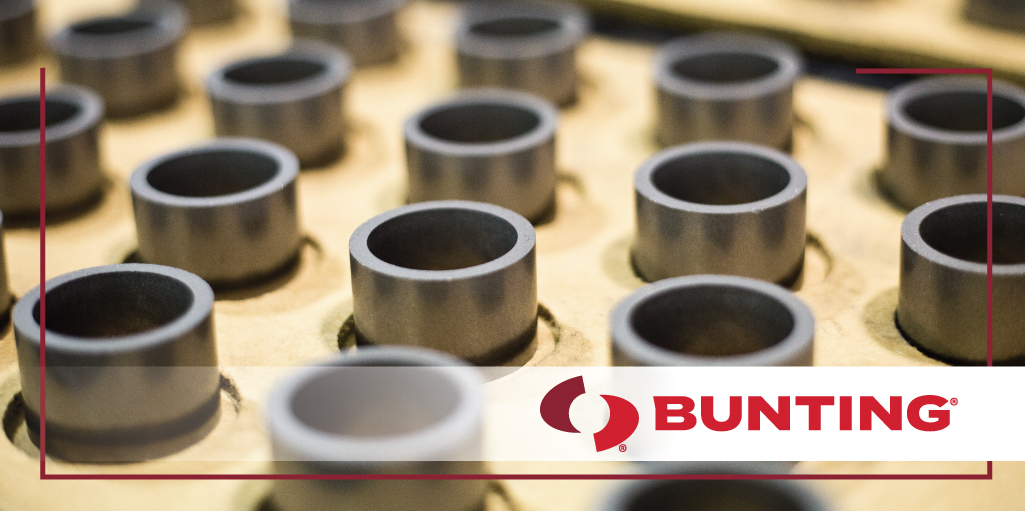Bonded magnets are a highly important group of permanent magnet products that can be used in a wide variety of applications. Bonded magnets consist of a hard magnetic powder combined with a non-magnetic polymer or rubber binder. The magnetic powder in bonded magnets can be ferrite, alnico, neodymium iron boron, samarium cobalt, or a hybrid mixture of two or more magnetic powders. Bonded magnets are currently manufactured by four main methods: calendaring, extrusion, injection molding, and compression bonding. This blog will investigate possible future developments in the manufacture and use of bonded magnets.
Current Material Concerns:
Looking at the current state of bonded magnets, it is interesting to note that even though NdFeB and SmFeN alloys have been available for more than a decade, it appears that their impact on bonded magnet applications has been minor. A significant drawback when working with both of these types of powder is that they have comparatively weak thermal stability and low maximum operating temperature capabilities. Additionally, the need to apply an orienting field during the forming operation results in heightened tooling complexity and increased magnet processing costs.
Currently, the available grades of compression bonded NdFeB magnets are limited to about 11 MGOe using the isotropic powders that are available currently. In a compression bonded NdFeB magnet, the BH-max is influenced by only two factors.
These factors are:
- Volume fraction of magnetic phase in the magnet. This volume fraction is typically measured by the magnet’s density. Today’s default approach is brute force—which involves increasing the pressing pressure. At the moment, this approach requires special press construction and tooling materials, but work is currently underway to improve the compressibility of powders. As powder compressibility improves, it will become possible to achieve high densities even with moderate pressing pressures. In this same vein, it is also important that magnetic powders are made to be more flowable. This will then enable even thinner wall die cavities to be uniformly filled during the pressing operation.
- Magnetic powder remanence (Br). Currently, a main goal is to increase the isotropic Br of powders while still maintaining sufficient coercivity (Hci) in order to have linear demagnetization characteristic at the application temperature.
3D Printing and Bonded Magnets
3D printing, or additive manufacturing, is another exciting processing technology that has the potential to revolutionize the production of these magnets. Ideally, additive manufacturing will enable complex shapes of both thermoplastic and thermoset bonded magnets to be produced while minimizing waste material and the need for expensive tooling.
As technology continues to develop, the value of these magnets will continue to grow. Future innovations in both processing equipment and magnet materials will result in even greater benefits for designers. This will stimulate even higher growth and market penetration.
Bunting-DuBois is committed to continuing innovation in our design and manufacturing process. For more information on bonded magnets and our custom design and manufacturing capabilities, contact us today.

